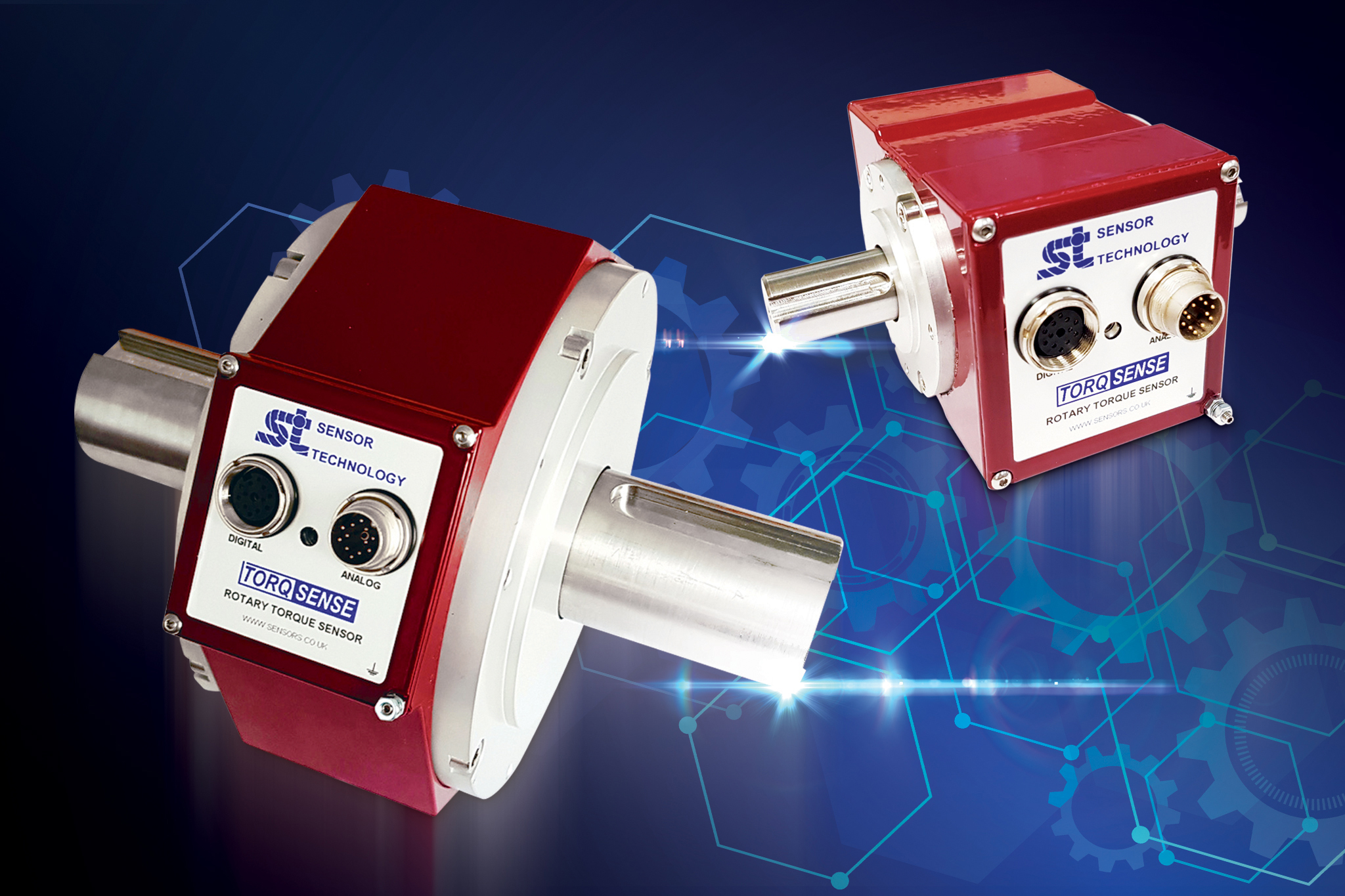Shipping operators receive simple answer to meeting SOLAS requirements
13-07-2017
Visit the Sensor Technology Ltd website for more information on Shipping operators receive simple answer to meeting SOLAS requirements





